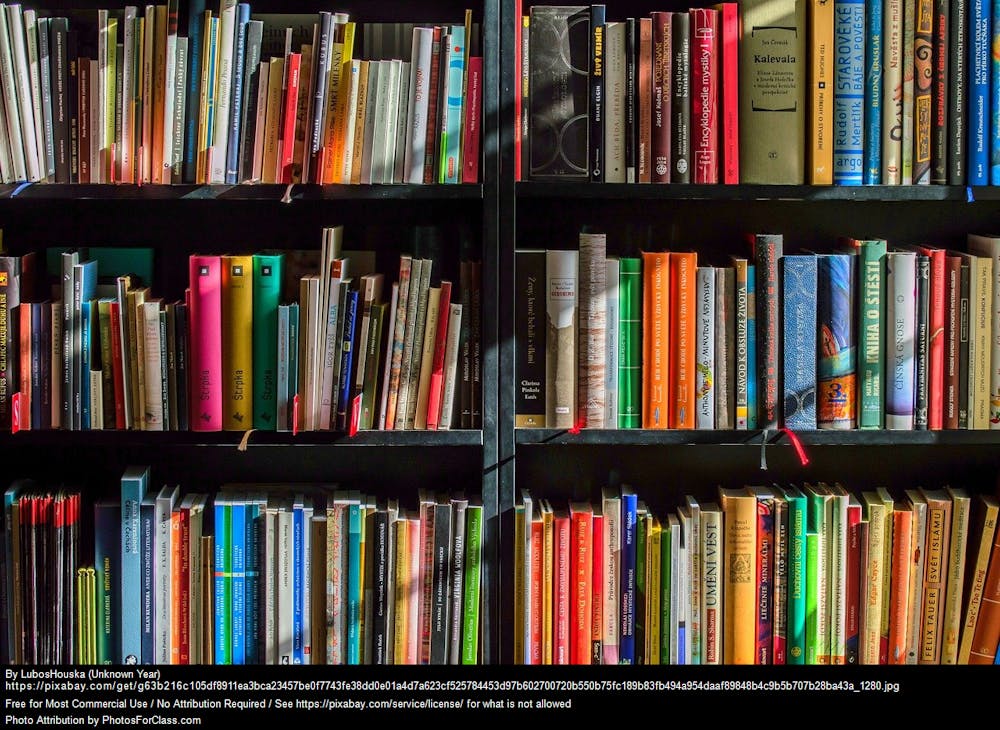
The iconic American writer Joan Didion passed away on Dec. 23. While literary legends are often remembered for their storytelling, Didion was known for changing the very craft of storytelling. She was documentarian of America’s conscience during an era in which we struggled to hold onto one. Doing so meant a clear-eyed, honest and brave gaze into our outer and inner worlds. She stripped artifice from narrative nonfiction and, in doing so, woke us up to what we chose not to see.
Didion captured the energy of her time in a novel way. Her fidelity to getting personal stories right (not letting any human foible, joy or heartbreak go unchronicled) and her determination to rid her prose of all pretense and ambiguity defines her narrative style. Many think of her as a truth-busting trailblazer, which she certainly was. She approached her subjects with a gin-clear objectivity that revealed nuances behind polarizing and politicized events. Didion’s impact in the political sphere continues today.
She wrote that “all stories, of course, depend for their popular interest upon the invention of personality, ‘character,’ but in the political narrative... it is to maintain the illusion of ‘consensus’ by obscuring rather than addressing actual issues.” By exposing the carefully built personas of politicians, she revealed in her work the underlying structures of power producing such politicians, as well as their façade of service to the people.
Just consider how Didion articulates her dissatisfaction with the media’s response to the Central Park Five case, raising a specter of a deeper and larger societal pathology: “It was precisely in this confliction of victim and city, this confusion of personal woe with public distress, that the crime’s ‘story’ would be found, its lesson, its encouraging promise of narrative resolution.”
Five Black and Latino young men were wrongfully convicted of the aggravated assault and rape of a woman in Central Park on April 19, 1989. At the time, many New Yorkers felt that the city was plagued by violent crime instigated primarily at the hands of nonwhite youths. In essence, the case was used to fuel a preexisting narrative of scapegoating such men as the cause of the city’s decline.
Didion held the rare ability to stand above the political currents of her time, no matter how entrenched they may have been, and it was this gift that enabled her to adjudicate this case with an astonishing lack of bias. By observing these young men as individual souls and not as representations of larger communities, she was able to see the situation for what it was — a singular crime and not an affirmation of any prejudices.
Some of her finest — and often most lacerating — observations, however, were of herself. In Blue Nights (2011), Didion delivered an incredibly moving account of the life she lived with her daughter, Quintana Roo Dunne, who had died tragically young. She paints a luscious scene of a life without want. Then, she tears it apart. By placing their opulent surroundings in stark contrast with the realities of their life behind the walls of their Brentwood home, she exposed the sequestered anguish of her family life, refusing to leave out a modicum of regret. She articulates the contrition she aches when realizing how she had squandered the valuable time she held with her daughter. She grasps at details from curtains to flower choices, abiding by a strong memory that refused to allow her to forget these moments that she feels she didn’t fully appreciate.
Didion writes,
“Can you evade the dying of the brightness?
Or do you evade only its warning?
Where are you left if you miss the message the blue nights bring?”
For all of us seniors, this is the blue night of our undergraduate experience. Indeed, we will have a lot of beginnings and endings in life. But her point here is that there is a certain moment when we see the end, and that when we do, we need to fully embrace it with honesty and bravery. And knowing that we will all have our blue nights, we need to hold tightly and savor all that comes before those nights fall.
That’s a gift of clarity — and of humanity — only Didion could have given.
Mary Sulavik is a senior majoring in Classics from Croton-on-Hudson, N.Y. She is a captain of the women’s squash team.





